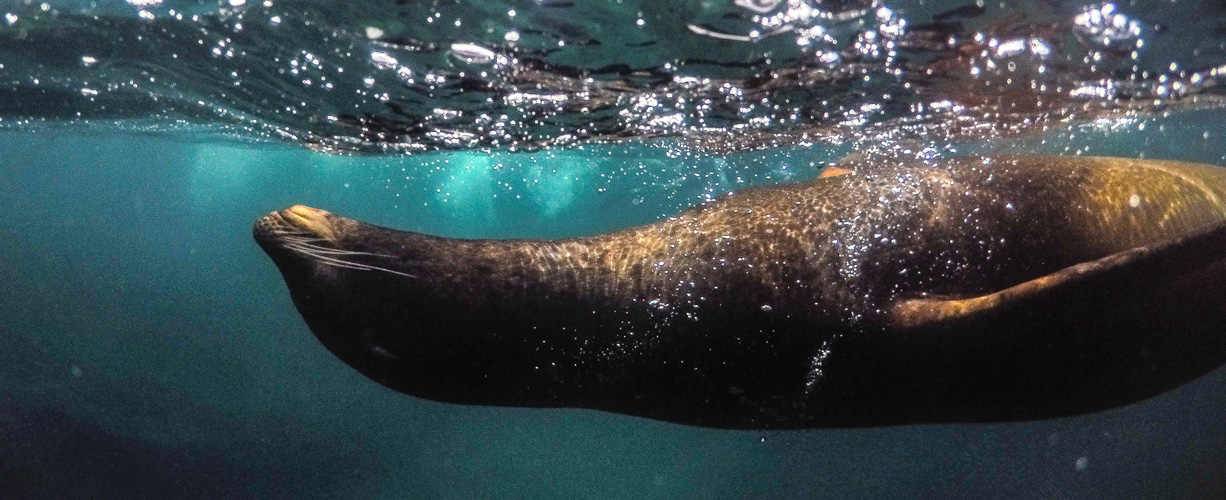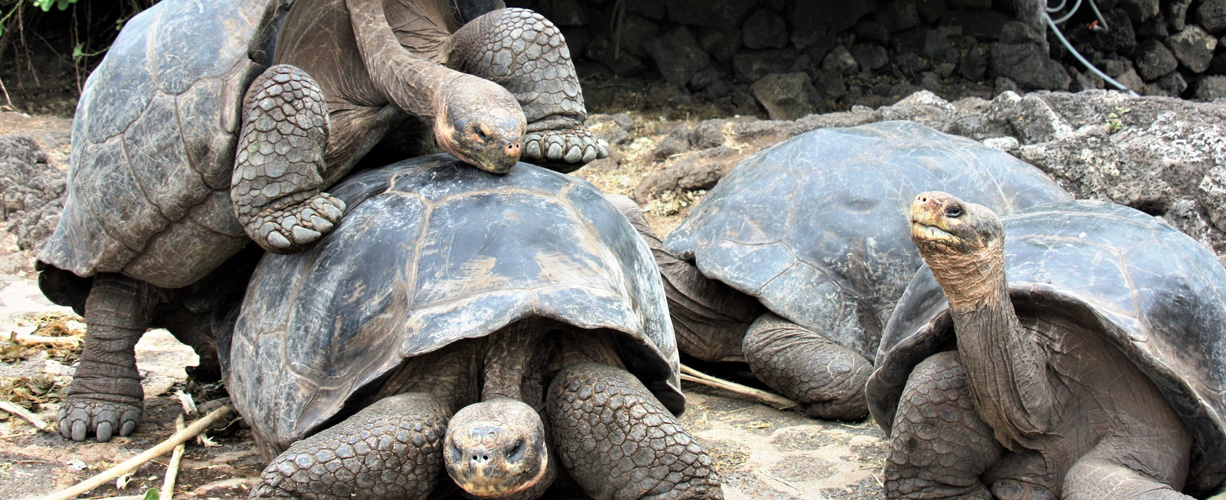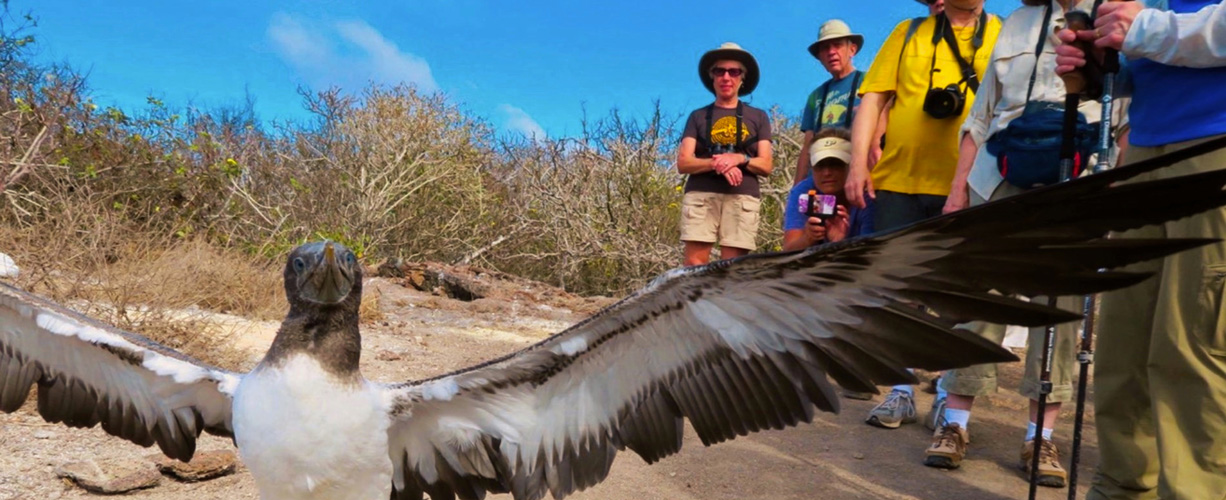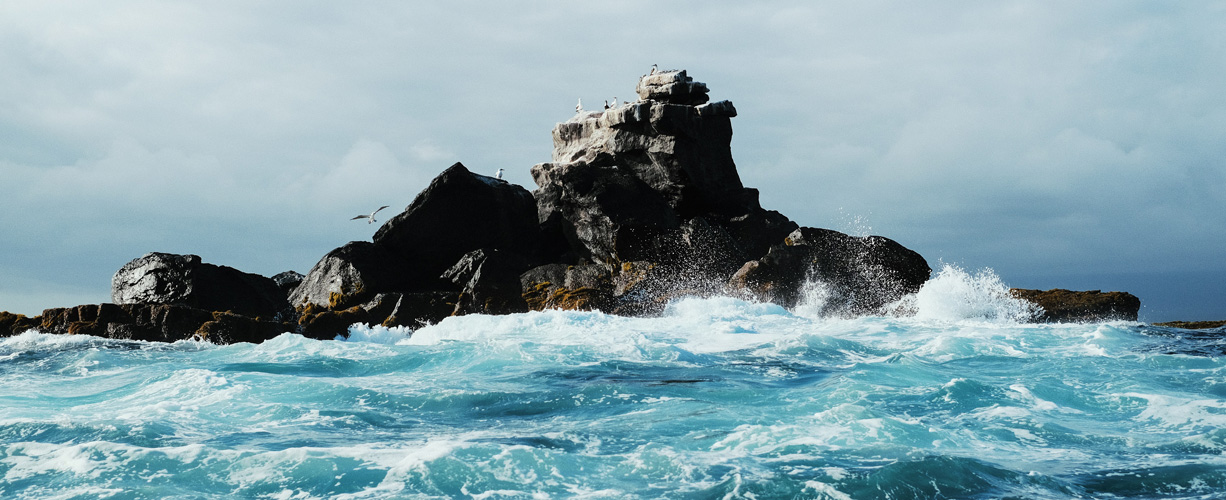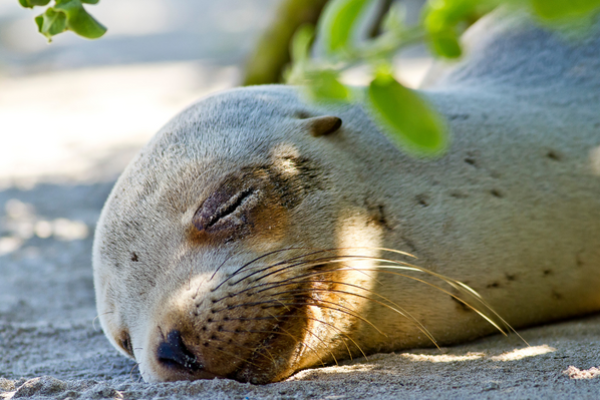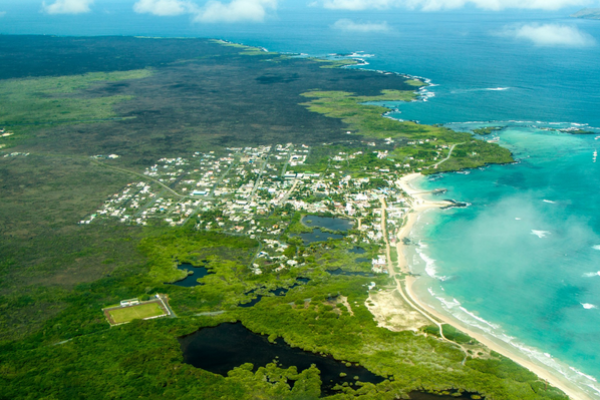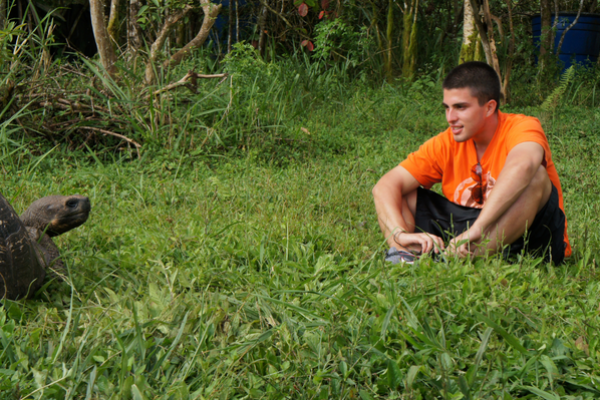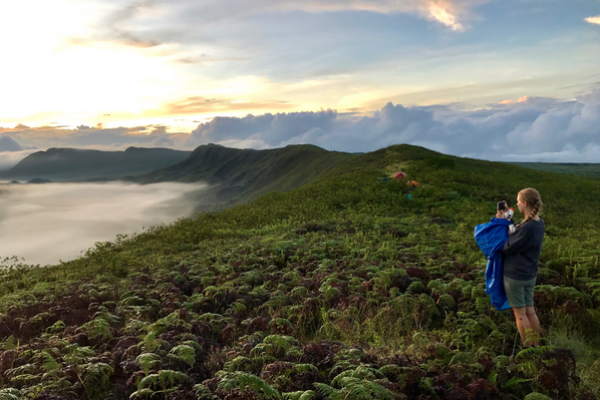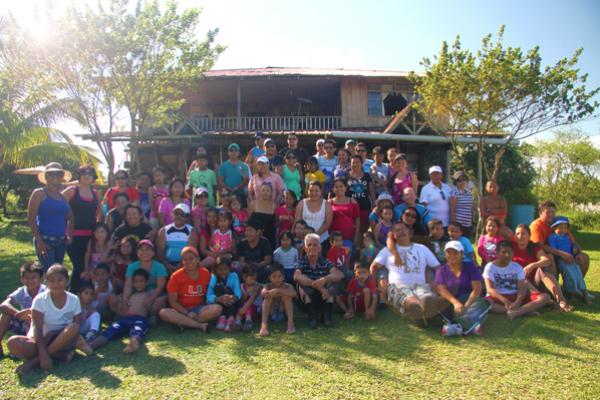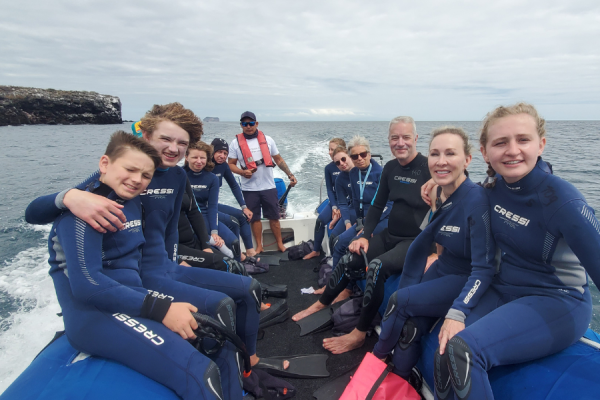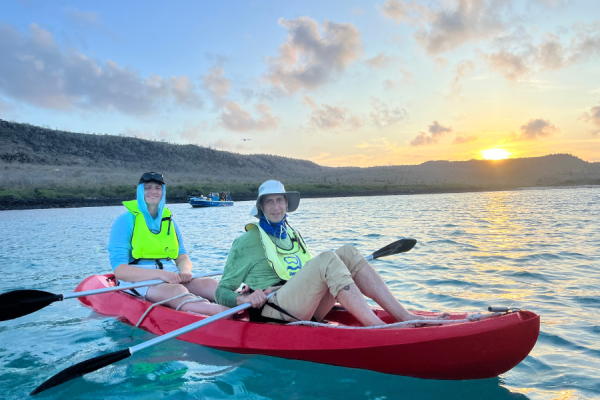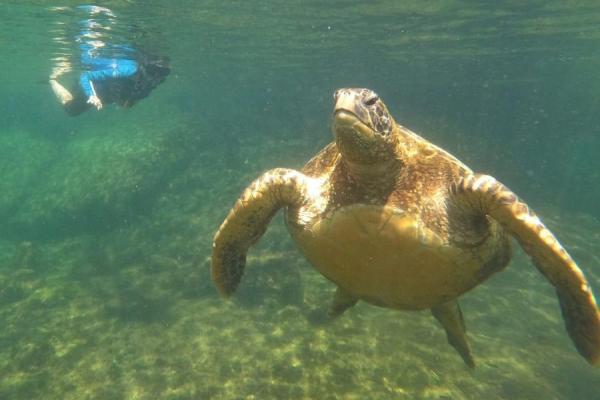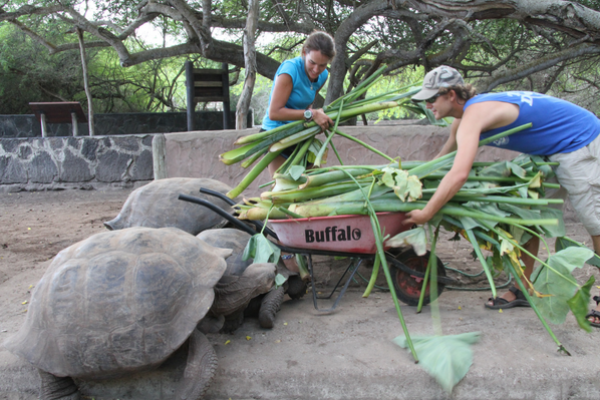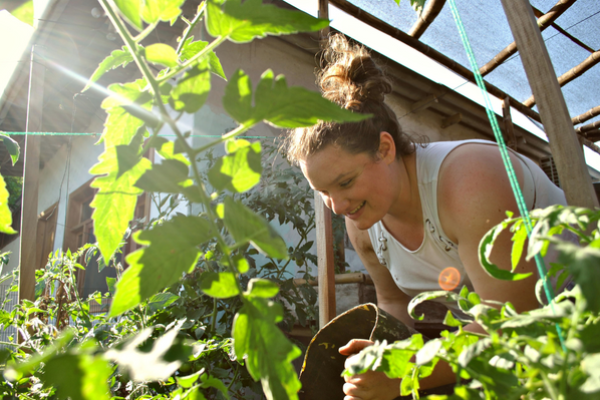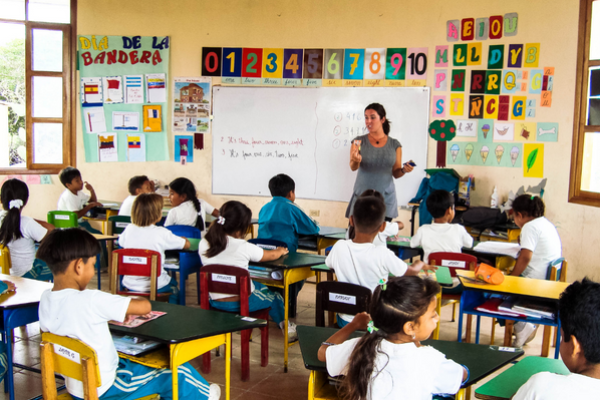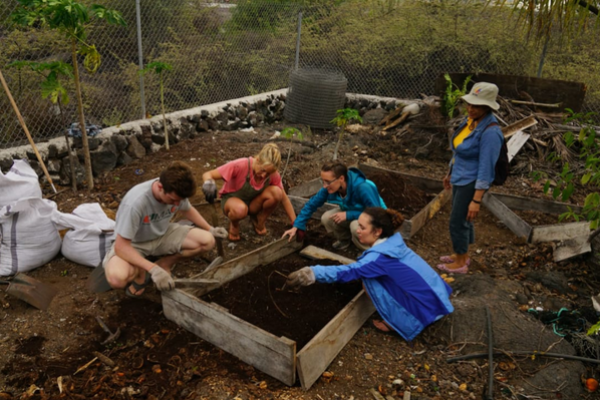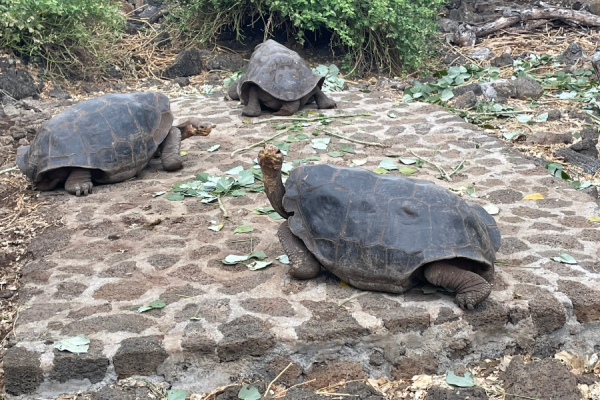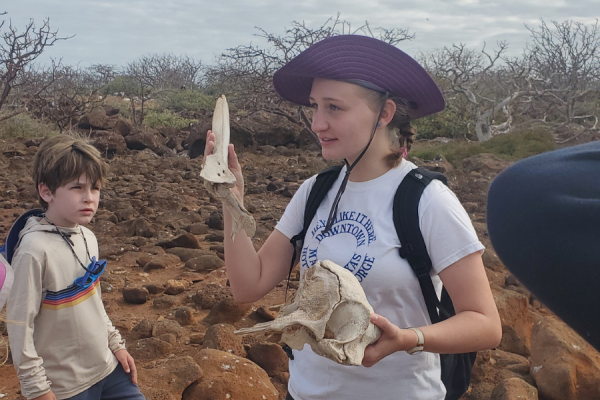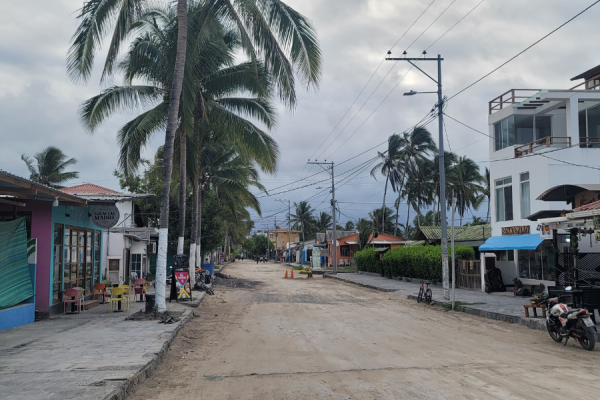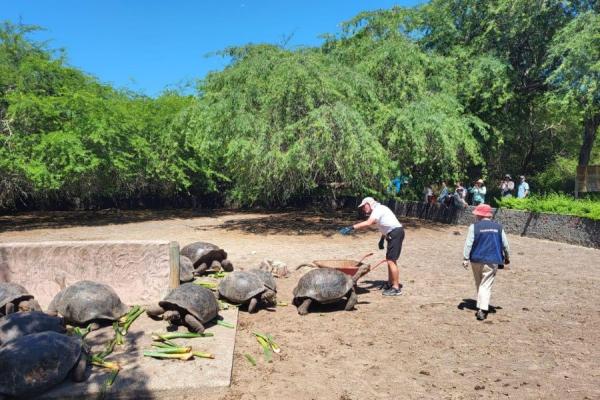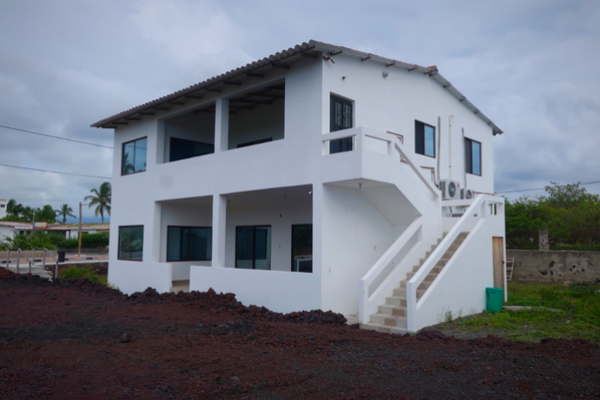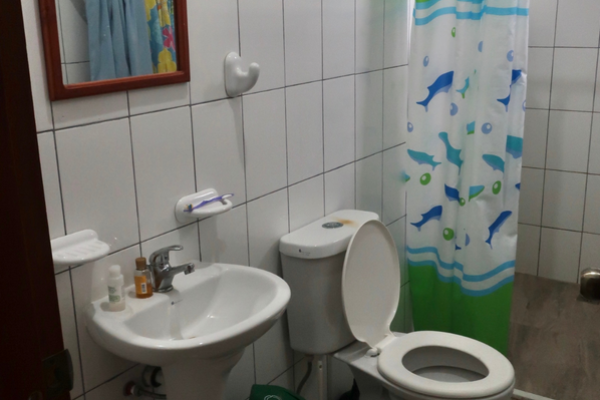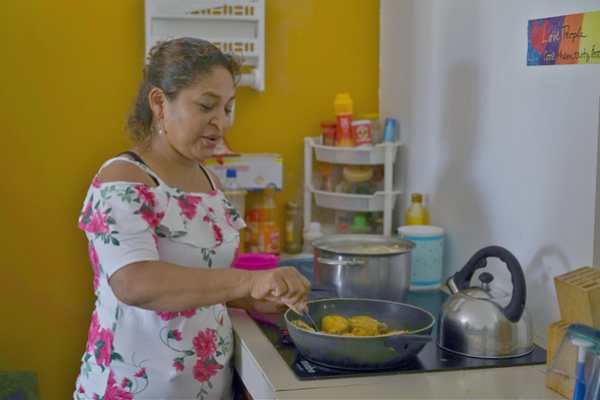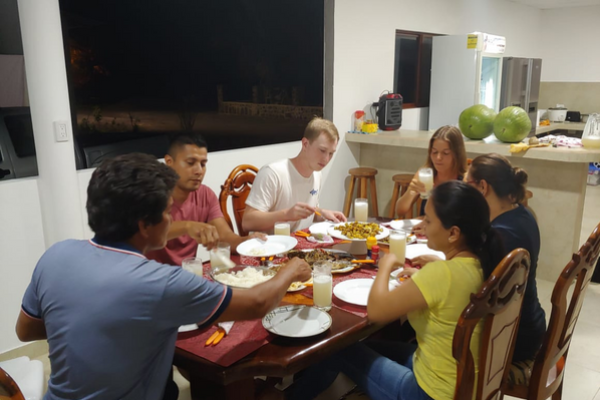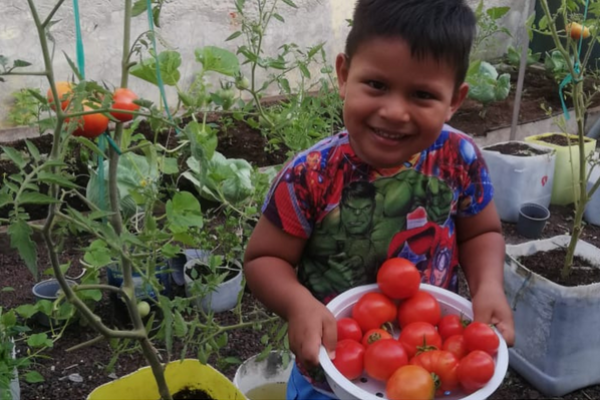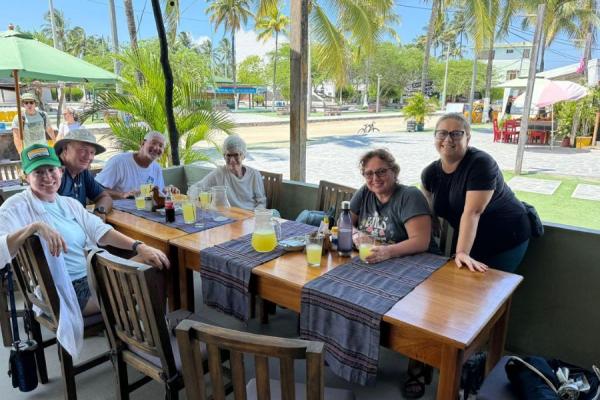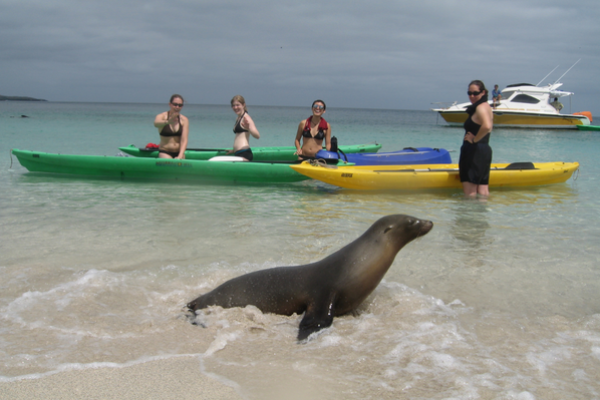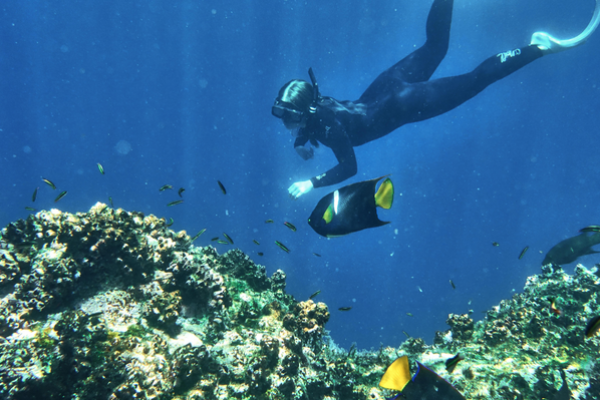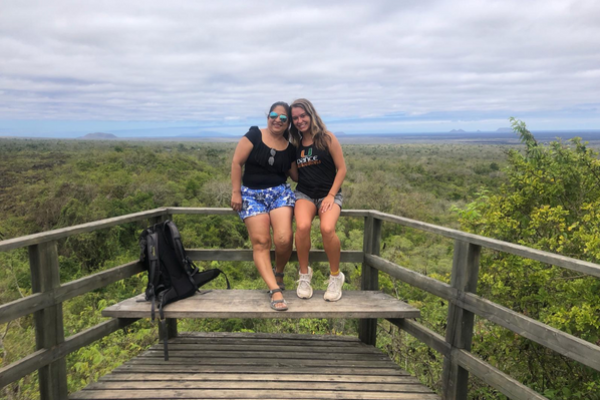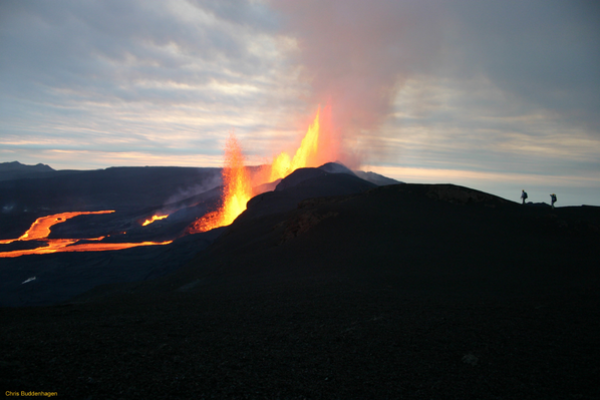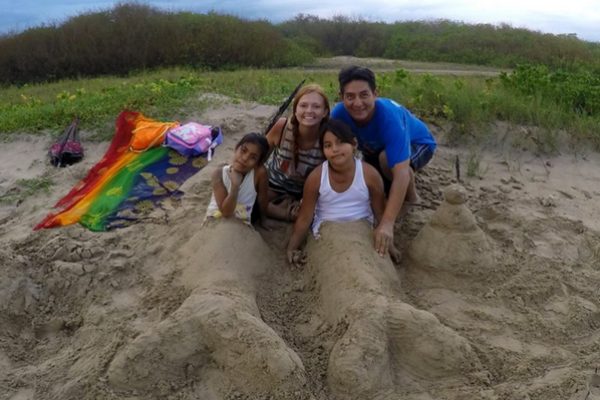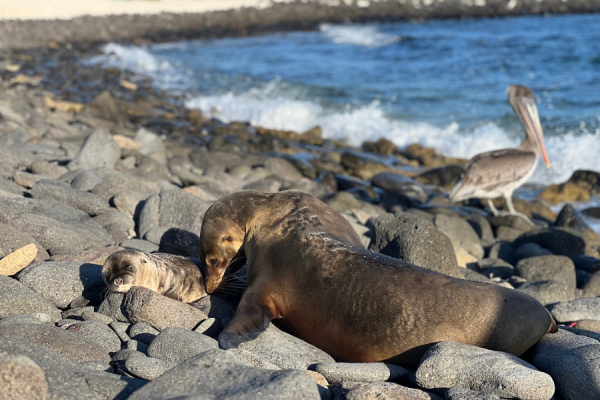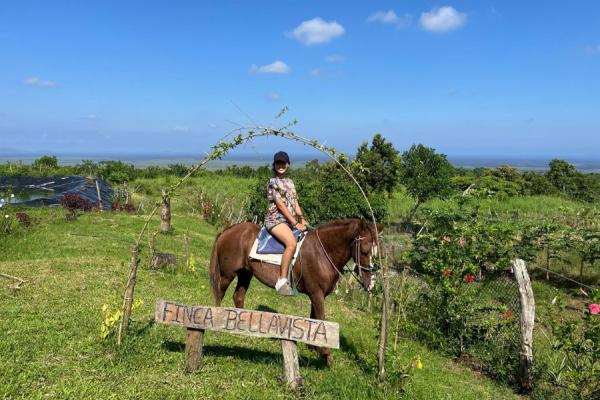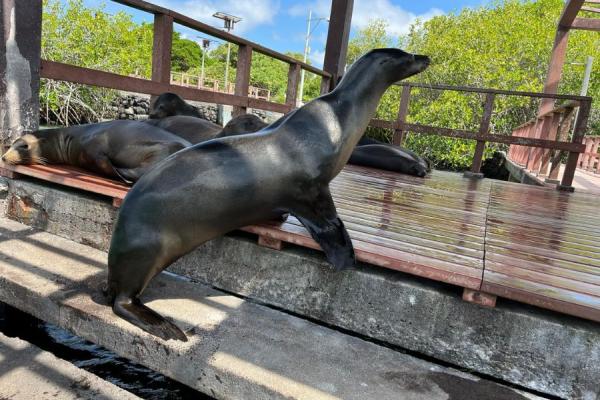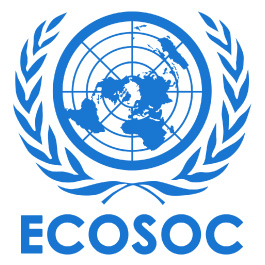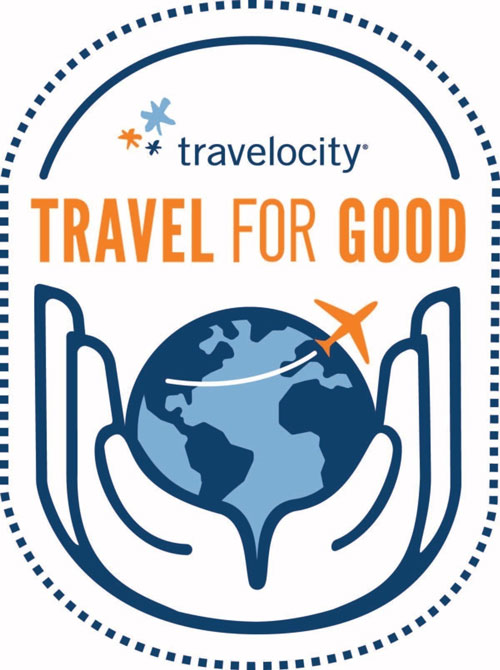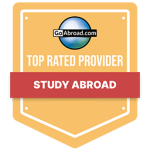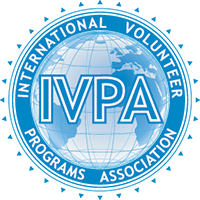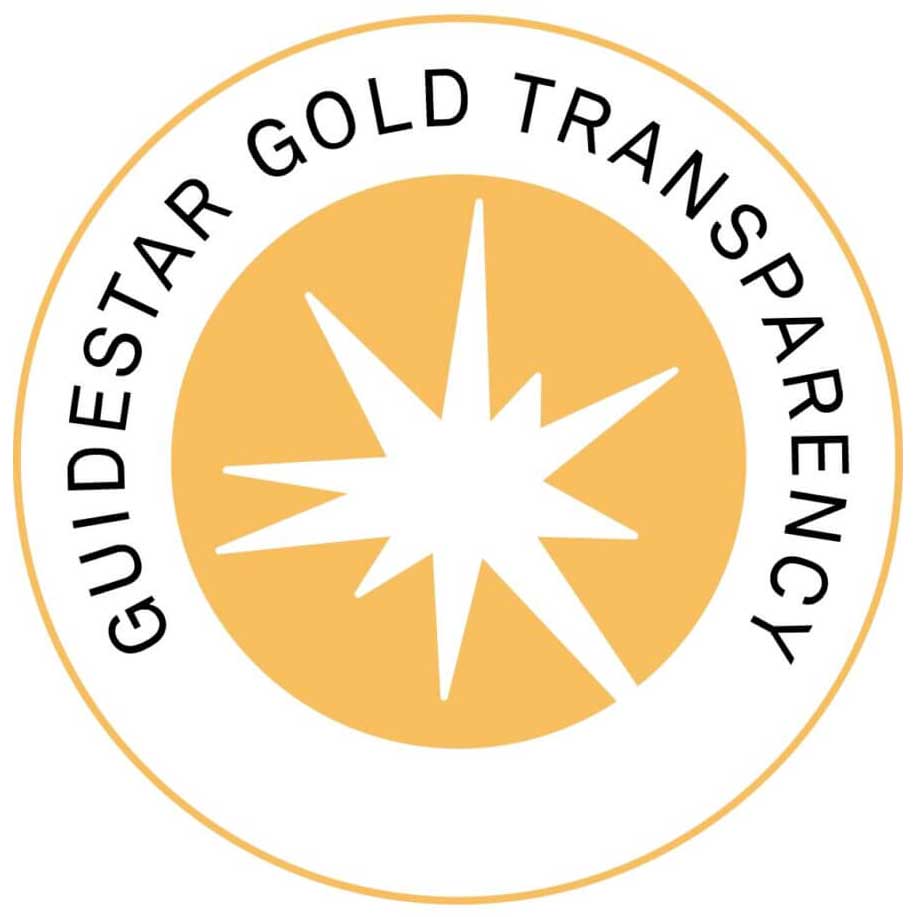Galápagos Islands Conservation: Every Explorer and Naturalist’s Dream!
No Discounts Can be given on this program, even for returning volunteers
This is a two-week program.
The sea turtle nesting season doesn’t begin until January and lasts through May.
Program location
Work Projects
The core conservation-based projects that are run require a special work visa issued only to ages 18 and over.
There are limited spots for each project, so volunteers may be placed on separate projects.
At our project headquarters, you will be introduced to our ongoing projects, from working on the tortoise and sea turtle conservation to feeding and caring for the tortoises, assisting park rangers with zoo-keeping-related activities, and cataloging nesting patterns and nest size. Sea turtle projects are available from January through May. Tortoise projects are year-round.
If you are coming with a minor-aged family member to volunteer, the projects you are allowed to work on are English teaching, Social Media, and Agriculture. Minors may participate in the sea turtle nest monitoring if it's during the season and if they are 10+ years old. Younger children may not be able to walk the long distances required.
If your whole family is volunteering, minors need to pay the $100 National Park entrance fee. The pricing is not set in stone and may increase.
Important: Upon arrival, you'll undergo a comprehensive orientation, including assigned tasks to gain a deep understanding of your weekly activities and responsibilities. Additionally, there may be regular meetings to assess completed work.
You must feel at ease around wildlife, and maintain respectful distances, and adhere to guidelines. The closest hospital has the most basic of facilities and medical tools.
We can offer you a sample itinerary but for many reasons, the specific schedule will be set closer to your arrival, and IOI staff will go over this with you on arrival. Below is what we currently have showing.
Marine Turtle Nesting Monitoring:
Most volunteers will be assigned to Marine Sea Turtle Nesting Monitoring.
Please keep in mind that Turtle Nest Monitoring will involve extensive walking for miles on sandy terrain under the hot sun. You may also need to work during early mornings or late nights.
Newcomers to working with nesting sea turtles in the Galapagos should be aware that they may participate in activities whose significance might not be immediately obvious and may not always be clearly explained upon arrival.
For example: Certain activities, like eradicating Kikuyo grass, are crucial for preserving nesting areas. This work is particularly vital during El Niño years when strong tides can flood nests, necessitating relocation and ongoing clearance of invasive plants to ensure hatchling safety.
- Cleaning beach nesting areas, and patrolling for nests and turtles.
- Determining nesting patterns, observation & data collection, monitoring registered nests, possibly relocating nests, and excavation of nests.
- Kikuyo removal- dedicate 3 hours weekly to removing this invasive plant from the turtle nesting area.
- Beach profiling- On the 15th of each month, you will measure beach erosion and collect data.
- 4 hours a day, 6 AM-8 AM and anywhere between 8 PM to 1 AM.
-
The sea turtle nest project does not run Monday-Friday due to the turtles nesting / nests hatching all week long thus volunteers are given two days off weekly.
English Teaching:
As a Community English Education Volunteer, you will have the opportunity to work with students, teachers, government workers, and community members. In this program, you will have the choice between formal and applied teaching opportunities that include:
- Assisting classroom English teachers with classroom management, lesson planning, and leading activities.
- Teaching job-related language skills to naturalist guides, English teachers, and biodiversity protection officers in their work setting.
- Helping to design and run continuing education programs for community members to practice conversational English.
Social Media:
As a social media volunteer, you will be in charge of generating footage (photo and video) as well as text that accurately and meaningfully captures the nature of the project's international presence and impact. This will include:
- Collaborating with local staff in various departments to pull out and highlight the pieces of the work that most thoroughly demonstrate and illuminate its lasting, positive effects.
- Working with, based on experience, the Galapagos National Park to develop environmental education material that educates tourists, as well as the local population, about the surrounding habitats.
Requirements
- Experience in Facebook, Instagram, and Twitter.
- An understanding of camera equipment and Mac or PC.
- Ability to work independently as well as in a team.
- Be a great verbal and written communicator.
- An understanding of social media platforms and blogging, Photoshop, and design is a plus.
Agriculture:
The farms of Isabela Island are starting work in greenhouses to optimize production year-round in a sustainable and environmentally friendly way.
Volunteers will learn local techniques for sustainable tropical agriculture and will help to create food sovereignty, lower the carbon footprint of island life, lower waste from shipping materials, lowers the cost to local consumers, increase local income, and increase the nutritional content of the food available in Isabela.
Requirements
- A genuine passion for the outdoors and conservation of nature.
- Physical ability to work laborious construction and gardening-type jobs outdoors with potential allergens, sun, and temperature exposure.
- Basic knowledge of non-motorized tools and their safe usage.
- Ability to work independently as well as in a team.
Important: The ability to speak and understand Spanish is beneficial as it will increase your ability to communicate and integrate with community members. Project staff members are English speakers but community members generally speak basic English thus we highly recommend that you brush up on your Spanish skills to make the most of your experience. If you would like to add a 1 or 2-week-long Spanish course to the start of your program, please let us know so we can help you arrange this.
Sample itinerary
Your day will begin with breakfast from 7:00 to 8:00 am, work will take place from 8:00 am to 1:30 pm each work day, followed by lunch from 1:30-3:00 pm, then free time to enjoy the area before an early dinner. Our country director and a staff of three do the training and onboarding. Everything is within walking distance, and bicycles are provided for those who want to use them. You will be walking or cycling to our headquarters every day.
This is a two-week program.
Accommodation
As a volunteer, depending on availability, you will have the option to stay at our volunteer house, or with a host family. In both cases, you will have a private bedroom and bathroom with a fan or air conditioning in your room, hot water, a dresser, a desk and chair, and potable water. In our volunteer house, you will share apartment-style living spaces including a kitchen for breakfast, a living room, and porch, and hot water. There should be a fan in every room. Do note that any rooms with A/C can be unreliable.
Each room has one double or queen bed. In the apartments, you will have a private bathroom in most cases, or share the bath with max one other person. There are up to 6 people in one volunteer house or homestay, either way, is the same cost.
Staying in a host family, you will have your own bathroom, and your bedroom will lock; you will have the chance to learn how local people live, try local dishes, and practice or learn some Spanish. This unique opportunity facilitates the interchange of culture, language, and tradition to provide a memorable experience and deepened understanding for both parties. Often deep and long-lasting relationships evolve. On occasion, there are long-term university research volunteers who will be using the volunteer housing. Placements are first-come, first-served. We do have a sort of hybrid hostel like a hotel option with more of a private setting. Let us know if you are interested in that.
The volunteer house has 2 rooms on each floor. Each room has a private bathroom. Technically, 2 people, a couple, could stay in each room for a total of 8 people however, this is never the case and usually, it’s 1 person per room. The homestay will have a similar setup. If it’s a couple we’ll match them with a homestay that has space for 2 and they will have a private bathroom. Homestays always have a private room and private bathroom.
This is a two-week program.
Meals
You will organize your breakfast in our fully equipped kitchens. Both lunch and dinner are provided at your choice of 17 specified restaurants in town. If staying at a homestay, your host family will provide lunch and dinner daily. While lunch and dinner are usually adequate, on occasion we have heard of some homestay hosts offering much less protein than you might be accustomed to.
To receive authorizations and permits from all involved parties, we have to participate in this meal program. There are grocery stores on the island, so worst case, we suggest purchasing a dozen eggs for the host to make for you and we do apologize that we have so little control over this.
Leisure/Culture activities
Your coordination team will provide you with a list of culture and leisure activities you can do in your free time, such as beach time, surfing, nature hikes, sunset watching, cycling, practice Spanish, getting to know the locals. Cabo Rosa Tunnels, kayak in Tintoreras, rapel in Los Trillizos volcano, scuba dive at Tortuga islet, Concha Perla, Sierra Negra Volcano, sulfer mines, marshlands, Poza de los flamencos and more!
Having swimming skills is a significant advantage.
Cost: $2,489 (two week program)
Cost covers meals described, accommodation, work permits, local coordination and training, local transport, access to all our facilities, medical insurance. You will be required to pay a $100 entry fee to Galápagos in cash at the airport.
This program operates in partnership with a number of entities, including the Ecuador federal government park service, a local grassroots organization that helps coordinate all the entities and Globe Aware. $1700 of your program funds go direct to the local project fees, whereas additional funds in your overall contribution fee are collected to cover medical, liability insurance and remaining operating costs. There may be volunteers on site staying for varying lengths of time (some for many weeks or months) that you may encounter on the program that come from different countries or even placement organizations that do not have the same coverages and who have paid different contribution fees. After registration, we will help you get registered with all the local organizations necessary. Because the federal park service requires a work visa issued only to 18 and over, not all age volunteers are allowed to work on the same projects. We appreciate your understanding of the complexities involved in order to make this program function.
Arranging your airfare
For arranging your airfare,you will be needing to get to Isabela Island.
First, arrange airfare to Baltra airport (GPS) on San Cristobal Island. (You will likely be routed through Quito or Guayaquil on the way there, either is fine). Then to continue on to program location on Isabela Island, you have 2 choices: ferry or plane.
- Inter-island flights to Isla Isabela: Two airlines operate between the islands from Santa Cruz or San Cristobal to Isabela Island: Emetebe and FlyGalápagos. The flight is 20 to 30 minutes and provides great scenery.
- Inter-island ferries to Isabela Island: takes about 2 hours. https://www.
ferryticketsgalapagos.com Generally leave twice a day
We can help you arrange puddle jumper flights rather than ferry on the last leg to Isabela, usually around $400 round trip, through a very small agency. The ferry is much less expensive. After you have registered, just let us know if you are interested.
If you're prone to seasickness during water-based travel, it's advisable to prepare medication in advance.
